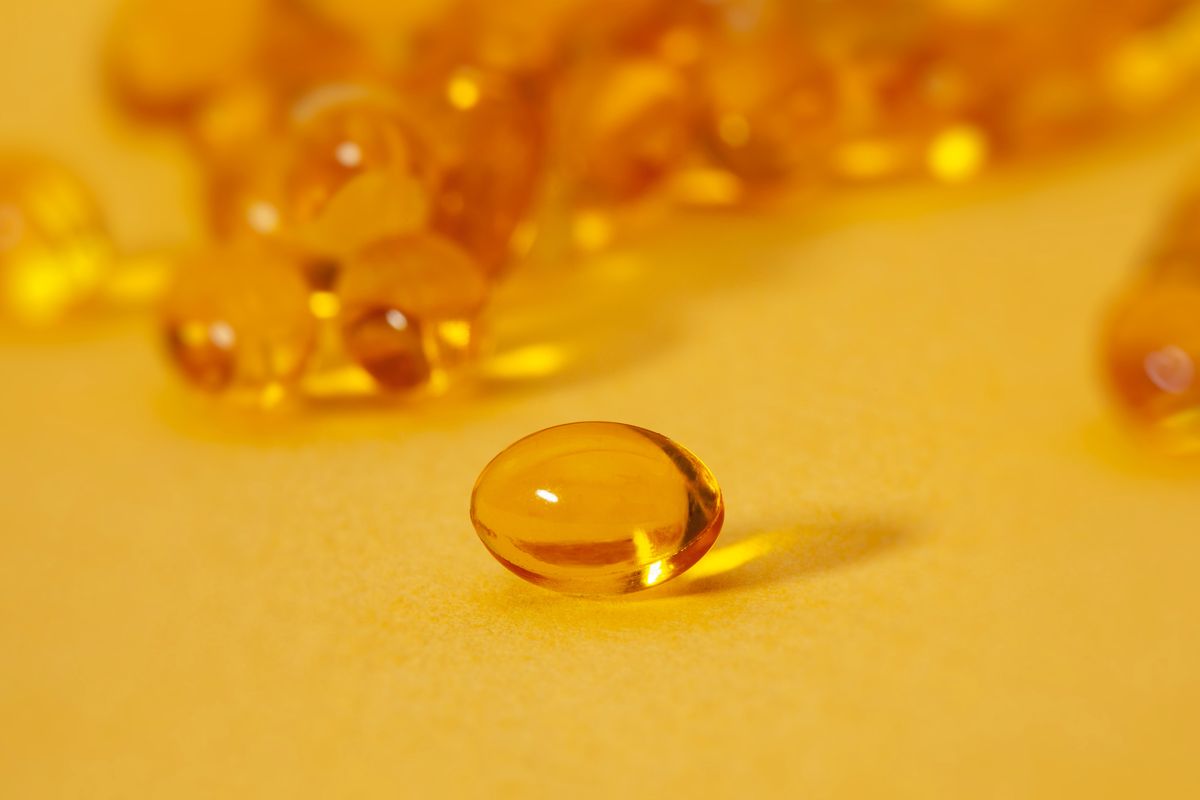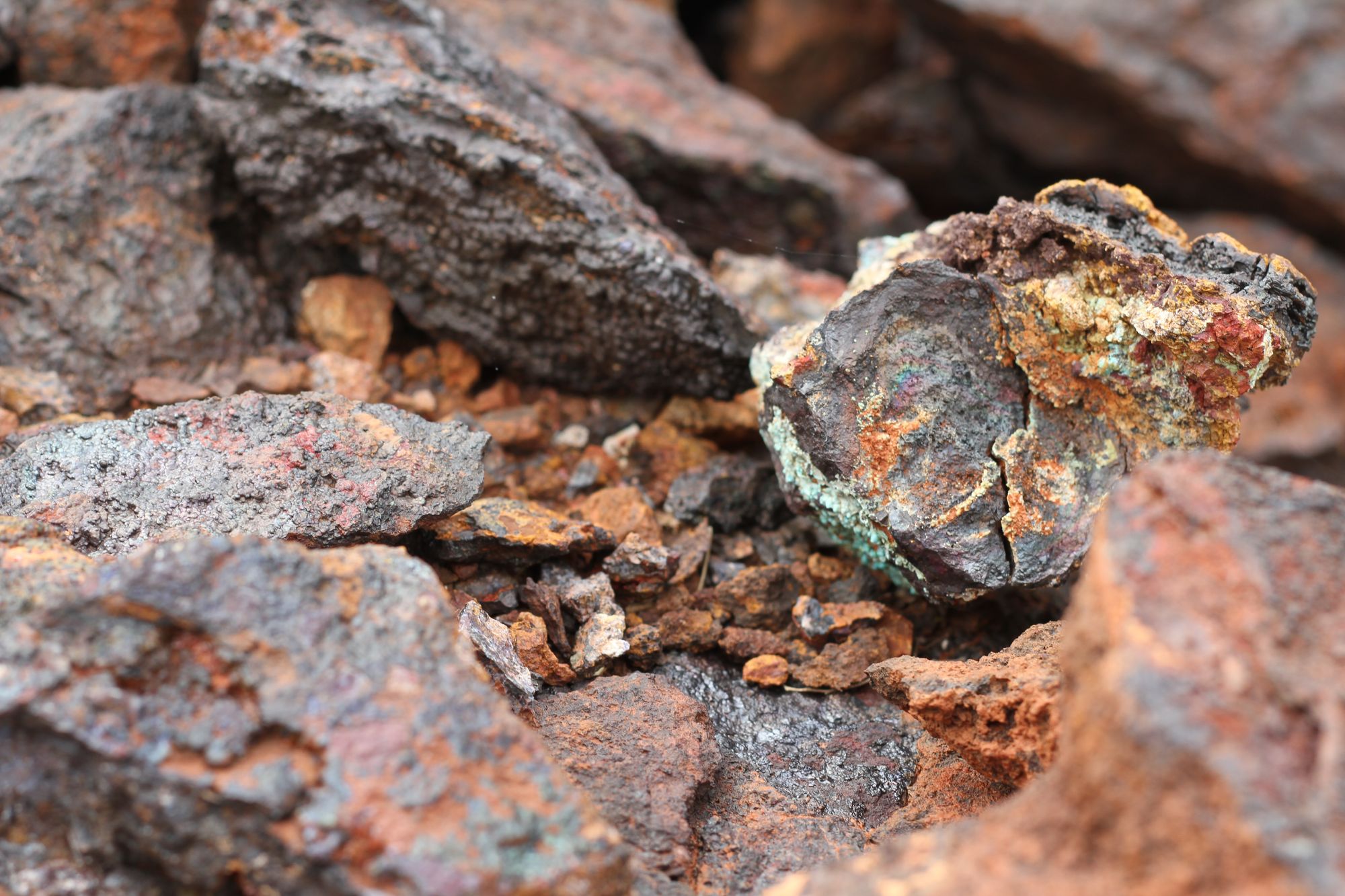Vitamins vs Minerals

So, at the beginning of any journey, one needs a base to work from, this is why we'll have a quick dive into the key difference(s) between Vitamins and Minerals.
First of all, it's seemingly quite fun to look at the root of words, as it gives a glimpse into the original meanings and interpretations of the word. As history is written by the winner one needs to try their best to learn why what is actually what. #science
"Vitamin" was "originally vitamine (1912) and coined by Polish biochemist Casimir Funk (1884-1967), from Latin vita "life" + amine, because they were thought to contain amino acids." - Etymonline.com
As an adjective, early 15c., "neither animal nor vegetable, inorganic," from Old French mineral and directly from Medieval Latin mineralis. The sense of "impregnated with minerals" is first in mineral water (early 15c.), which originally was "water found in nature with some mineral substance dissolved in it" (later made so artificially) - - Etymonline.com
What is a Vitamin?
A Vitamin is an organic compound that is used by the human body to go about its daily activities. Vitamins come from either plants or animals and are essential to our life.
Vitamins are then broadly broken into two types, water-soluble and fat-soluble. In essence, this determines what substance is the Vitamin "unlocked" in the body. As an example, if you eat plenty of liver which is high in Vitamin A and D, but don't also eat a good share of fatty foods (think saturated or mono-unsaturated fats) then your body will not be able to as effectively absorb the nutrients you've just ingested.
A shortage or deficiency of particular Vitamins within the body results in symptoms in adults as well as development shortcomings in the growth of children. Two examples are, Beriberi in adults (Vitamin B deficiency) and bow-leggedness in children and then later in the adult (Vitamin D deficiency).

What is a Mineral?
Minerals are inorganic compounds or elements which originally come from the earth but are then consumed and incorporated into animal and plant life. It is then through the consumption of these animals and plants that we can extract these minerals. These inorganic compounds are then grouped as "essential", "major, or "macro" minerals, and "trace minerals".
While macro minerals have higher requirements from our body it doesn't necessarily mean that trace minerals are not as important, as a matter of fact in many situations these minerals required in lower values are highly important. For example, zinc and iodine, which fall into this "trace" mineral category have marked effects on one's mental health and IQ.
Macro Minerals include; calcium, chloride, magnesium, potassium, phosphorus, sodium, and sulfur, while trace minerals include; copper, chromium, fluoride, iodine, iron, manganese, molybdenum, selenium, and zinc.
P.S stay away from fluoride. You're welcome.

Difference Between Vitamins and Minerals?
So now that we have a general outline of both vitamins and minerals, what are the key differences between them?
- Vitamins are organic, and Minerals are inorganic.
- Vitamins are sensitive to heat and time, and Minerals are practically indestructible.
- Vitamins are either water or fat-soluble determining how they enter the body, while minerals are grouped into a group of which you need to consume a higher amount of and a group where less is "required".
And there, that's it. That's a quick glance at the major differences between Vitamins and Minerals.
